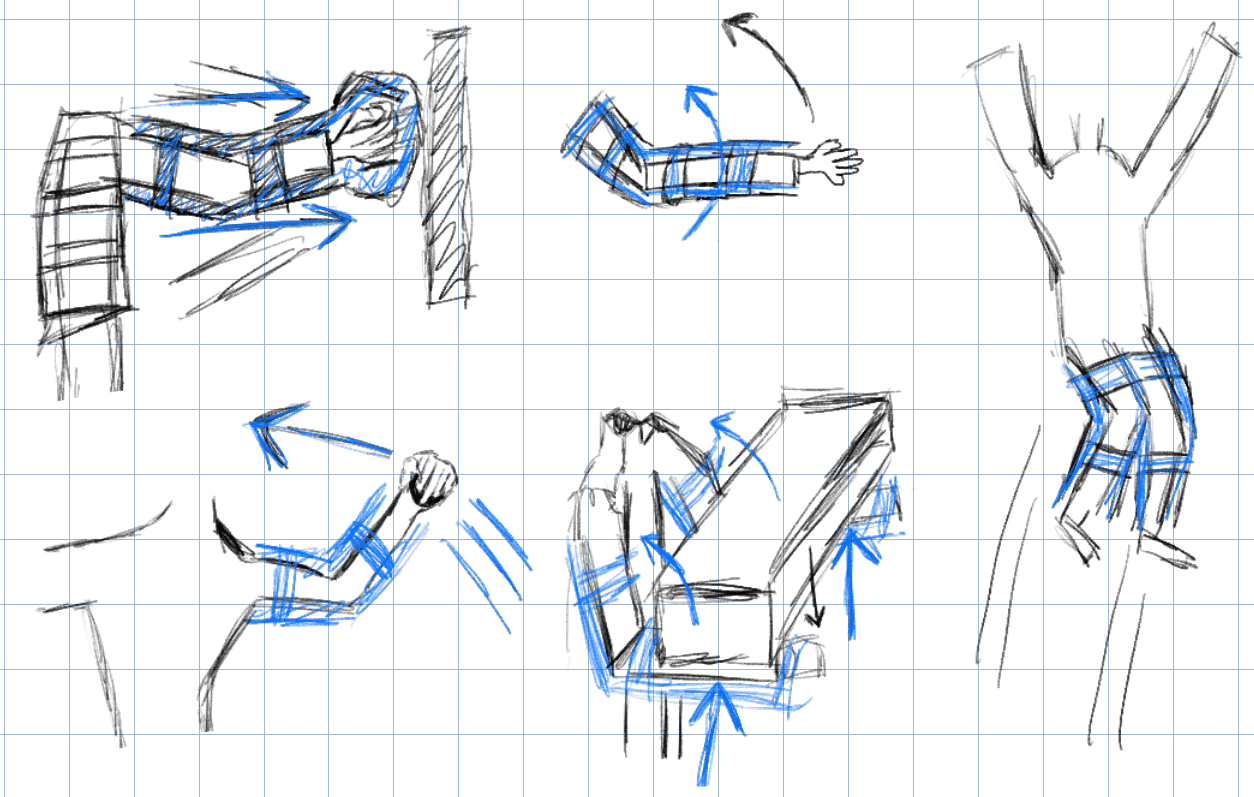4 March 2023
Summary
In this blog post, I introduce the concept of prostheses that go beyond traditional support functions by accurately recognizing user intentions and triggering preprogrammed routines. This innovation has the potential to not only restore abilities for individuals with disabilities but also to augment human capabilities for anyone, enabling actions like lifting, jumping, and running with enhanced power. While this idea opens up exciting possibilities, it also presents significant challenges, particularly in ensuring the safe and effective use of these advanced prostheses in dynamic environments.
Introduction
Many commercially available prostheses and exoskeletons function more like tools that users attach to provide support for their actions. However, if we can accurately recognize user intentions, we can develop prostheses that not only assist but also augment user actions and abilities. This advancement would not only help individuals with disabilities restore their capabilities but also enable all users to transcend human limitations.
The Idea

If user intentions are decoded with precision, they can be used to trigger preprogrammed routines that respond to the users' needs. This could provide crucial assistance to those unable to perform intended actions due to paralysis, stroke, or other disabilities. Beyond that, this capability could be utilized by anyone to enhance their abilities beyond natural limits. Potential applications include, but are not limited to:
- Lifting
- Throwing
- Punching
- Jumping
- Running
- Kicking
This would make prostheses beneficial not only for individuals with disabilities but also for anyone seeking to augment their abilities in various situations.
Challenges and Considerations
Fully recognizing user intentions and executing preprogrammed routines while adapting to dynamic environments poses significant challenges. These challenges become even more pronounced when greater force is required for ability augmentation. Ensuring the safe operation of prostheses is critical to prevent any harm to users. It is essential to balance the force used for augmentation with the need to minimize any potential harm. Developing strategies for shock minimization and absorption will be crucial to ensure users experience no adverse effects from ability augmentation. The risks associated with this technology must be thoroughly evaluated before it is implemented in real-world applications.
Conclusion

Prostheses hold the potential to do much more than assist those with disabilities. By controlling prostheses based on user intentions, we can not only aid individuals but also empower them to break through the biological limits of mankind. This technology could revolutionize the way we interact with the world, offering benefits to anyone, anywhere.

